Culture of white shrimp (Litopenaeus vannamei Boone, 1931) with zero water exchange and no food addition: an eco-friendly approach
DOI: https://doi.org/10.3856/vol40-issue2-fulltext-19
Abstract
Juveniles (3.5 ± 0.3 g) of the white shrimp Litopenaeus vannamei were grown during 40 days with no water exchanges, no food addition and four initial densities (25, 50, 75 and 100 g m-3, corresponding to between 8 and 32 shrimp m-2), to determine growth rates, which could be achieved using the periphyton growing on artificial substrates as the only food source. The experimental culture units were 12 polyethylene 1 m3 cylindrical tanks with 4.8 m2 of total submerged surface (bottom and walls), provided with 7.2 m2 of artificial substrate (Aquamats™). There were no significant differences in the ammonia and nitrite concentrations determined in the four treatments (0.17-0.19 and 0.10-0.11 mg L-1, respectively), which remained below the respective levels of concern for shrimp cultures. Mean survival was similar, and ranged from close to 91 to 97%, whereas there were significant differences in mean individual weight, which ranged from 11.9-10.6 g shrimp-1 for the two low initial densities (25 y 50 g m-3), to 8.3-7.7 g shrimp-1 for the other treatments. However, because of the high survival and of the higher initial density, the best biomass yield was with 100 g m-3. The final nitrogen contents of sediment and water were lower than the initial values, and between 36 and 60% of the difference was converted into shrimp biomass.


